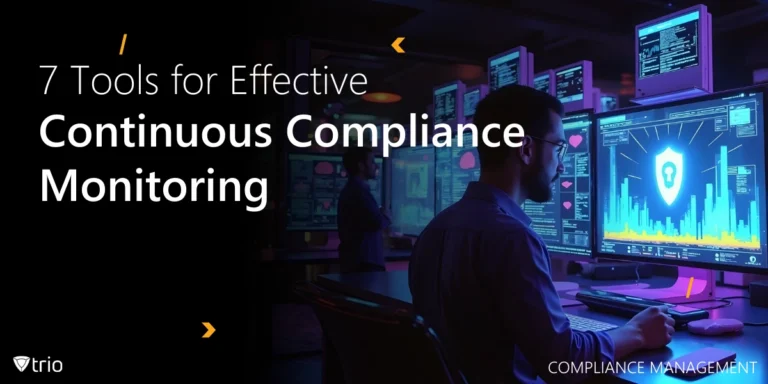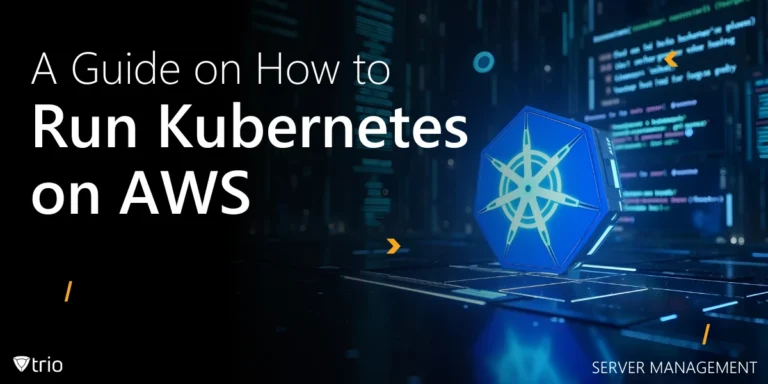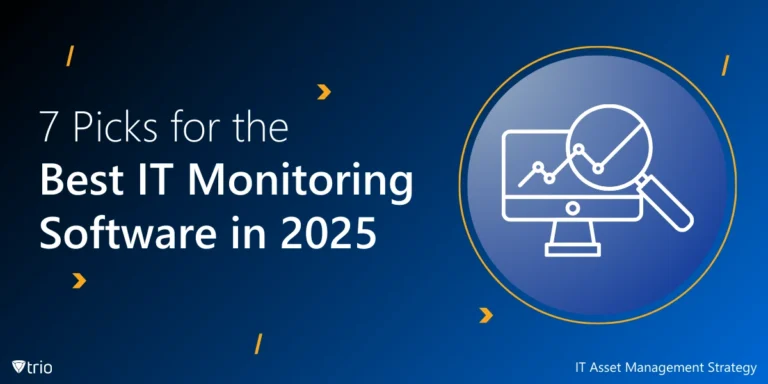In the dynamic landscape of modern business, effective software management systems are paramount, particularly for small businesses aiming to compete and thrive in their respective industries. But what exactly does software management entail? From the acquisition and deployment of software solutions to ongoing maintenance, security, optimization, and server management, the realm of software management encompasses a multifaceted approach aimed at maximizing efficiency and aligning technological resources with organizational objectives. Let’s delve deeper into the intricacies of software management and explore its significance for small businesses.
What Does Software Management Entail?
Software management refers to the process of overseeing and controlling the use, development, maintenance, and deployment of software within an organization. It encompasses a wide range of activities aimed at ensuring that software assets are effectively utilized to meet business objectives while minimizing risks and maximizing efficiency. Here’s a breakdown of key components within IT software management:
- Acquisition and Deployment: This involves selecting, acquiring, and implementing software solutions that align with the organization’s needs and goals. It includes tasks such as researching available options, evaluating software vendors, negotiating contracts, and deploying the chosen software across the organization.
- Configuration and Customization: Once software is acquired, it often needs to be configured and customized to suit the specific requirements of the organization. This may involve setting up user accounts, defining workflows, customizing interfaces, and integrating the software with other systems.
- Maintenance and Support: Software management also entails ongoing maintenance and support to ensure that the software remains functional, secure, and up-to-date. This includes tasks such as applying patches and updates, troubleshooting issues, providing user support, and addressing performance concerns.
- Monitoring and Optimization: Organizations need to continuously monitor the performance and usage of software systems to identify areas for improvement and optimization. This may involve tracking key metrics, analyzing user feedback, and conducting regular reviews to identify opportunities for enhancing efficiency and effectiveness.
- Compliance and Security: Software management also involves ensuring compliance with relevant regulations and standards, as well as safeguarding sensitive data and intellectual property. This includes implementing security measures such as access controls, encryption, and data backup procedures to protect against cyber threats and data breaches.
- Lifecycle Management: Finally, software management encompasses managing the entire lifecycle of software assets, from initial planning and development to eventual retirement or replacement. This includes making decisions about when to upgrade or sunset software systems based on factors such as technological advancements, changing business requirements, and cost-benefit considerations.

What are the Benefits of a Software Management System?
Implementing a software management program can help small businesses become more agile, competitive, and resilient in today’s fast-paced business environment. By leveraging technology effectively, businesses can optimize their operations, delight customers, and achieve sustainable growth. Let’s explore each of these benefits in detail:
- Improved Efficiency: By streamlining processes, automating repetitive tasks, and providing centralized access to information, a software management system can help small businesses operate more efficiently. This can lead to time savings, increased productivity, and reduced operational costs.
- Enhanced Collaboration: Many software management systems include collaboration tools such as document sharing, project management, and communication features. These tools facilitate teamwork and communication among employees, regardless of their location, leading to better coordination and collaboration on projects.
- Better Decision-Making: Software management systems often provide analytics and reporting capabilities that allow small businesses to gather insights from their data. By analyzing key metrics and trends, business owners can make more informed decisions, identify opportunities for improvement, and optimize their operations.
- Scalability: As small businesses grow, their software needs may evolve. A software management system that is scalable can easily accommodate increasing data volumes, user numbers, and business complexity without significant disruption or additional investment.
- Increased Security: Many software management systems include built-in security features such as access controls, encryption, and data backup capabilities. By implementing these measures, small businesses can better protect their sensitive information and reduce the risk of data breaches or cyberattacks.
- Compliance Management: IT compliance with regulations and industry standards is essential for small businesses, especially those operating in regulated industries. A software management system can help automate compliance processes, track regulatory changes, and ensure that the organization remains in compliance with relevant laws and regulations.
- Customer Satisfaction: By providing better service, faster response times, and more personalized interactions, a software management system can enhance customer satisfaction and loyalty. This can lead to repeat business, positive word-of-mouth referrals, and long-term growth opportunities for small businesses.
- Adaptability and Innovation: A software management system that is flexible and adaptable can empower small businesses to innovate and adapt to changing market conditions. By enabling rapid prototyping, iterative development, and experimentation, businesses can stay ahead of competitors and seize new opportunities as they arise.

How Device Management Solutions Compare in Software Management
There are three main types of device management solutions: Unified Endpoint Management (UEM), Enterprise Mobility Management (EMM), and Mobile Device Management (MDM). Let’s gain an understanding of how each works and how it compares when viewed as software management software:
Unified Endpoint Management (UEM)
UEM solutions provide centralized management and control over various types of endpoints, including mobile devices, desktops, laptops, and IoT devices, from a single console. They cater to:
- Diverse Endpoint Environments: UEM is ideal for organizations with a mix of device types and operating systems, allowing them to manage everything from smartphones and tablets to desktop computers and wearables.
- User-centric Approach: UEM focuses on managing user profiles and preferences across multiple devices, providing a seamless and consistent user experience regardless of the device used.
- Security and Compliance: UEM solutions offer robust security features such as encryption, data loss prevention (DLP), and compliance enforcement to protect sensitive data across all endpoints.
UEM solutions typically offer robust software management capabilities as part of their broader endpoint management features. They provide centralized control and visibility over software applications across various types of endpoints, including mobile devices, desktops, laptops, and IoT devices.
Enterprise Mobility Management (EMM)
EMM solutions specifically target mobile devices and applications, offering features for managing, securing, and deploying mobile devices and apps within an organization. They cater to:
- Mobile Workforce: EMM solutions are ideal for organizations with a large number of mobile workers who rely heavily on smartphones and tablets to perform their jobs.
- App Management: EMM solutions provide tools for managing mobile applications, including app distribution, updates, and security policies, ensuring that only authorized apps are installed and used on employee devices.
- Mobile Content Management: EMM solutions offer features for securing and managing corporate data on mobile devices, including document sharing, encryption, and remote wipe capabilities.
While EMM solutions primarily focus on managing mobile devices and applications, they also offer software management capabilities tailored specifically to mobile environments.
Mobile Device Management (MDM)
MDM solutions focus specifically on managing and securing mobile devices such as smartphones and tablets, typically with a strong emphasis on device-level controls. They cater to:
- Device-level Control: MDM solutions offer granular control over mobile devices, allowing administrators to enforce policies such as passcode requirements, device encryption, and remote lock/wipe capabilities.
- BYOD (Bring Your Own Device) Environments: MDM solutions are commonly used in BYOD environments where employees use their personal devices for work purposes. MDM enables organizations to separate personal and corporate data on these devices and enforce security policies on the corporate side.
- Compliance and Auditing: MDM solutions provide features for monitoring device compliance with organizational policies and regulations, as well as generating reports for auditing purposes.
MDM solutions enable administrators to remotely deploy and configure software applications on managed devices, ensuring that employees have access to essential tools and resources.
Trio as an MDM/EMM Solution
Our product, Trio, is an MDM/EMM solution that features many capabilities, including software management. Many of the things we’ve come to expect from modern software management systems are available through Trio. For example, using Trio, you can automatically update software and patch it on employee devices anytime. Your organization will also be kept up to date regarding the health of each device, how the software is running, and whether an update is necessary or not. Additionally, Trio leverages remote LDAP (Lightweight Directory Access Protocol) functionality to authenticate and authorize users, ensuring secure access to resources and centralized management of user credentials.
As an MDM/EMM solution, Trio also allows your organization to manage applications, devices, and employees. It can come in handy for both your IT and HR departments. You can onboard and offboard employees, managing the software and data they have in their devices easily. You can even enroll employee devices with Trio if you have a BYOD policy in place. All in all, Trio is scalable to match small, medium, and large organizations while also keeping things streamlined and simple. Try out Trio’s free demo today!
Conclusion
In conclusion, effective software management tools are vital for small businesses seeking to thrive in today’s competitive landscape. From streamlining operations to enhancing collaboration and customer satisfaction, the benefits are abundant. As we’ve explored various device management solutions, Trio emerges as a comprehensive MDM/EMM option, empowering businesses to efficiently manage software, devices, and employees. With its scalability and user-friendly interface, Trio offers a streamlined solution to drive productivity and success. Additionally, considering the importance of remote server management services in maintaining the reliability and security of critical infrastructure, Trio’s robust capabilities extend beyond device management, making it an even more valuable asset for businesses. Embrace the power of software management systems and unlock your business’s full potential with Trio today.
Get Ahead of the Curve
Every organization today needs a solution to automate time-consuming tasks and strengthen security.
Without the right tools, manual processes drain resources and leave gaps in protection. Trio MDM is designed to solve this problem, automating key tasks, boosting security, and ensuring compliance with ease.
Don't let inefficiencies hold you back. Learn how Trio MDM can revolutionize your IT operations or request a free trial today!




